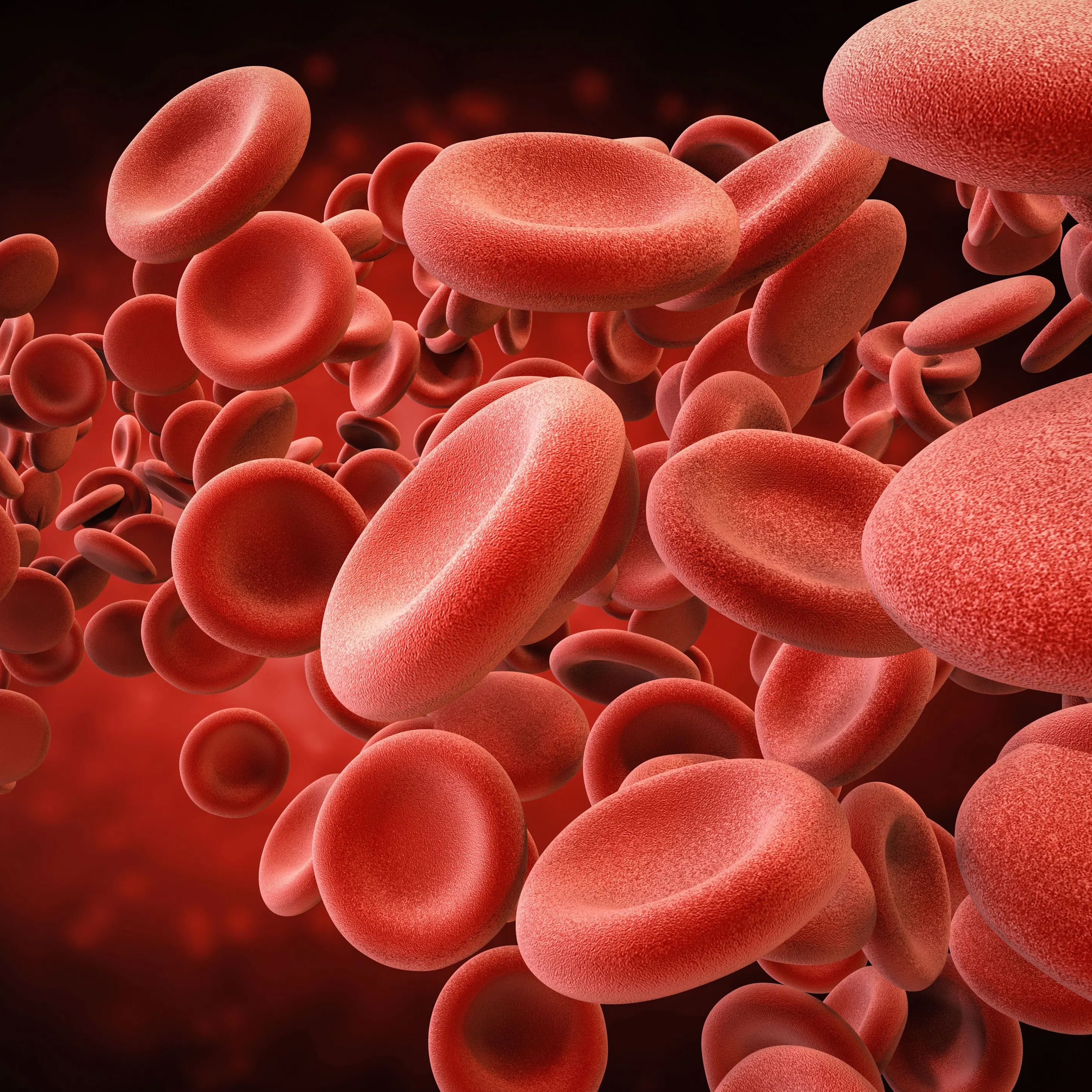News
Article
High Risk of Severe Infections in Patients With Rheumatic Diseases After Kidney Transplant
Author(s):
Key Takeaways
- Patients on bDMARDs post-kidney transplant have a high risk of severe infections, notably UTIs and pneumonia.
- The study found no significant differences in infection risk based on gender or type of biological therapy.
Investigators found an incidence of 26.2 severe infections per 100 patient-years with 4 deaths in the study.
Tuba Demirci Yildirim, MD, MSc
Credit: ResearchGate

Patients with rheumatic diseases who received biologic disease- modifying anti-rheumatic drugs (bDMARDs) after a kidney transplant had a high risk of serious infections, according to new research published in Clinical Rheumatology.1
“There is a significant knowledge gap regarding the adverse events associated with bDMARDs in rheumatic patients’ post-transplant, especially given their concurrent use of immunosuppressives to pre- vent kidney rejection. This study aims to address this gap by evaluating the rate of severe infections in patients who received bDMARDs for rheumatic diseases after kidney transplantation,” lead investigator Tuba Demirci Yildirim, MD, MSc, Physician, Internal medicine, Rheumatology, Dokuz Eylül University, and İzmir City Hospital, Turkey.
Yildirim and colleagues enrolled 38 participants who had undergone kidney transplantation and received bDMARDs for rheumatic diseases in a multicenter, retrospective study. They collected demographic, clinical, and treatment data and calculated the incidence of severe infections per 100 patient years, defined as those requiring hospitalization, and analyzed risk factors for severe infections.
The participants had a median age of 40.5 years. Rheumatic diseases included Familial Mediterranean Fever (FMF; 57.9%), spondyloarthritis (SpA) in 23.7% (n = 9), concurrent FMF and SpA in 10.5% (n = 4), and rheumatoid arthritis (RA) in 7.9% (n = 3). Participants had a median disease duration of 18.5 years (min–max, 7–38 years). Most patients (68.4%) were using IL-1 inhibitors, and 31.6% were on anti-TNF therapy.1
Investigators found that around half (52.6%) of participants experienced severe infections, with a total of 39 severe infections, for an incidence of 26.2 severe infections per 100 patient-years. The most common infections were urinary tract infections (43.5%) and pneumonia (30.8%). Four patients (11%) died from infection-related complications, including from COVID-19.1
Yildirim and colleagues found no significant differences between patients with and without infections in terms of gender, pre-transplant biological therapy use, or type of biological therapy used. They did note limitations of the study, including its retrospective nature, the lack of a control group, and the small sample size.
“While the use of bDMARDs is essential for controlling disease activity in these patients, careful infection monitoring and individualized management strategies are crucial to minimize complications. Further research is needed to determine the extent to which bDMARDs contribute to this elevated risk and to identify strategies to mitigate it,” Yildirim and colleagues concluded.1
This research calls attention to the importance of careful monitoring and consideration of patients with kidney transplant and other comorbidities. In a similar vein, other recent research found that systematic multimorbidity screening in patients with inflammatory rheumatic diseases (IRD) boosted preventive medication use and reduced hospital admissions in a recent study, which investigators say justify time and resource allocation for screening.2
Lead investigator Claire Immediato Daien, professor, rheumatology, Centre Hospitalier Universitaire de Montpellier, France, and colleagues found that the exposed patients met the endpoint at a higher rate than the unexposed patients (adjusted OR, 1.6 [95% CI, 1.2–2.2]; P <.01). This trend held in the propensity score-matched analysis, in which 54.8% of exposed patients met the endpoint compared with 44.5% of matched controls (OR, 1.5; P = .015).2
“In conclusion, our study provides evidence supporting the effectiveness of systematic screening for multimorbidities in patients with IRD, leading to increased use of preventive medications and reduced hospitalization rates. Future research should further investigate the long-term impact of systematic screening on patient outcomes and address potential biases inherent in observational studies,” Daien and colleagues concluded.2
REFERENCES
Yıldırım TD, Kökoğlu EO, Coşkun BN, et al. Frequency of severe infections in rheumatic disease patients receiving bDMARDs post-kidney transplantation: a multicenter study. Clinical Rheumatol. Published online December 24, 2024. doi: 10.1007/s10067-024-07287-7
Furer V, Rondaan C, Heijstek MW, et al. 2019 update of EULAR recommendations for vaccination in adult patients with autoimmune inflammatory rheumatic diseases. Ann Rheum Dis 2020;79:39–52. doi:10.1136/annrheumdis-2019-21588





